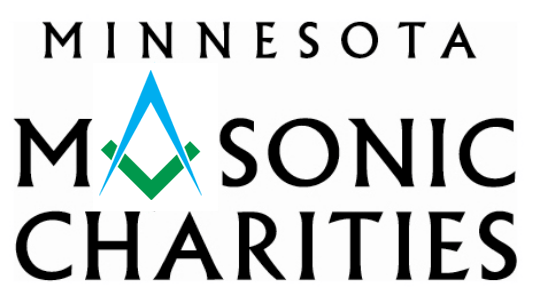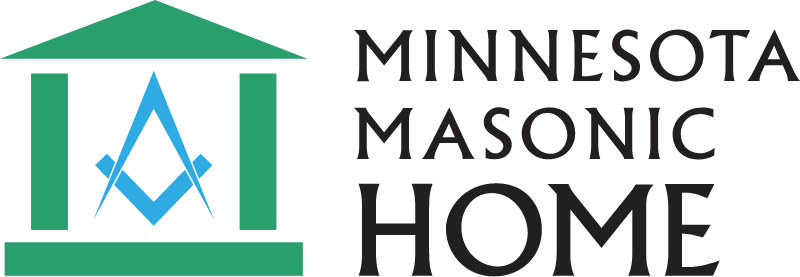Back to school is here! Many of your children will be starting their school programming in the next few days or weeks. Here are some Tips from Tamara to consider.
MASKS
Several school districts in this area are requiring masks this year. Strategies to prepare for this depend on the age, experience, and language level of your child. If your child was in school last year and successfully wore a mask, you may only need to remind them of the expectation this year. If your child has not been wearing a mask for a while, it may be a good idea to take a practice trip wearing one on an outing. Finally, a visual story can be a nice way to explain the expectations. Here are two websites that have stories ready to download:
https://affinityconsulting.info/
https://autismlittlelearners.com/covid-social-stories-for-school/
SCHOOL DAY VS. HOME/DAYCARE DAY
A 4-year-old child on my caseload was communicating with gestures and single words. She loved school. Her mother said that the only problem was that school wasn’t seven days a week. Her child would grab her backpack and put on her shoes every morning, expecting the fun yellow bus to come pick her up. She would say, “bus, bus, bus” over and over. We needed a strategy.
We decided that she needed to know what to expect, but also to learn about time concepts. We created a strip with seven boxes and labeled the days of the week above them. We started with Monday and put the bus picture on the Monday box. Parents tried to review that the night before and in the morning. The next day, the bus picture moved over. Things got a little bumpy on Friday night and Saturday morning when Mom introduced the home picture. I think a little later, Mom added a picture of a favorite TV show or activity showing that they were going to stay home.
Variations of this idea depend on your child’s experience and knowledge of time and language. It may be simplest to use words to tell your child the night before about the next day’s schedule. If your child is a reader, you could write the schedule on a typical calendar. Some parents have found it quicker to use a white board with their own drawings to communicate these ideas.
It may be beneficial to put the whole week’s schedule where your child is going (school, daycare, grandma’s house, home) on a visual strip that can be modified for things like illnesses, vacations, and teacher in-service days.
I believe this could be an even more important strategy for children who do not go to school every day of the week.
Personalization is important. I know a lot of children go to a before and after care program at school that also provides care during days when there is no school programming. Parents can try to get pictures of the individual teachers of each program to differentiate the days where there will be different programming.
Below is an example of some Mayer-Johnson symbols that could be used for this project. Real pictures or your own drawings can work as well.

Tahirih Bushey, and SLP from www.autismgames.org wrote a blog post several years ago that greatly influenced this idea. Click here to read the article.
HELPING YOUR CHILD COMMUNICATE ABOUT THE SCHOOL DAY
Asking your child the open-ended question of “How was school today?” doesn’t always give us the conversation starter we hope for. For children with language delays, it may be harder to share their memories and ideas with you without visual supports. Here are some tips to try to get things going.
- Gather visuals. You can create line drawings of the special things your child gets to do during the different days of the week like gym, music, recess, and art. Pictures or names of friends can be beneficial conversation starters. Add in drawings or pictures of staff that may interact with your child. Teachers often give a basic schedule online in some form.
- Use a fill-in-the-blank approach. Using the gathered visuals, you can start a sentence and see how your child responds. Write it out from their perspective, “I went to art today. I made a …. or I used….” Often talking about what they did on the playground can be a good place to fill in the blank because the equipment doesn’t change.
- Create a drawing journal entry. Ask your child to draw one of the things that happened at school today. Then you both have a reference in order to make comments and ask questions. For example, if your child draws a whole bunch of circles on the page and says they are balls, you can investigate and say, “That’s a lot of balls. Did Mr. Jonas let the whole class have their own balls?” You can talk about the size of the balls and what they did. Then write a sentence or two on the picture to remind both of you what the picture was about. If your child’s teacher uses some kind of secure online picture sharing like See Saw, you can use real photos when they are available to generate the same idea.

4. Lastly, make it a ritual. Choose a relatively consistent time of day with few distractions. Make this an exchange and not an interrogation. Parents and other siblings can model a short sentence about their day as well. Some days, your child might have more to say than others. Your child may not be accurate on the details. The point is to give your child opportunities to practice talking about past events.
Tamara Pogin, M.A., CCC-SLP





